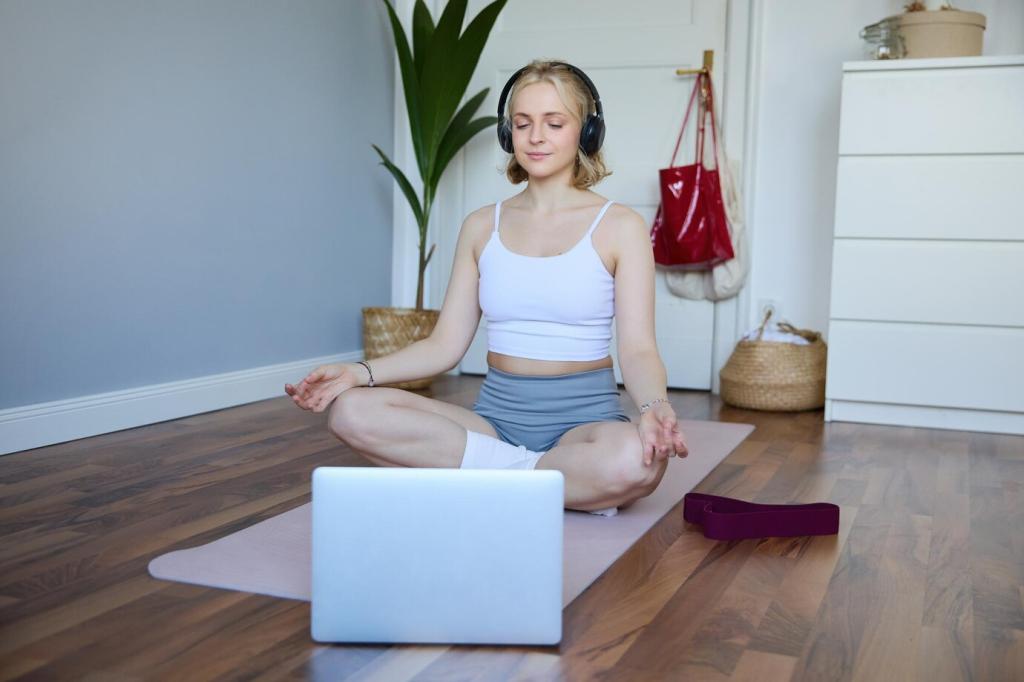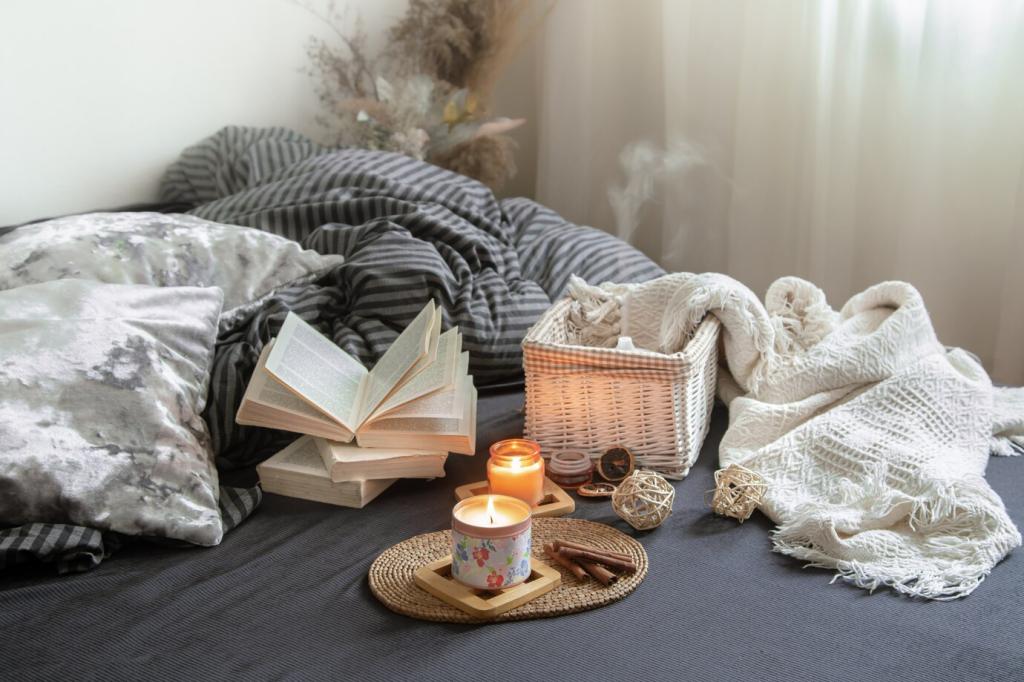
Essential Elements for a Calming Meditation Space at Home
Creating a soothing meditation space at home is a powerful way to invite tranquility, mindfulness, and personal well-being into your daily routine. Whether your aim is stress reduction or deeper self-awareness, designing an intentional area can enrich your practice and serve as a dedicated retreat from life’s demands. The following guide will help you understand the foundational elements that make a home meditation space truly calming, grounded in both comfort and purpose.

Choosing the Right Location
Natural light infuses a meditation area with warmth, positivity, and gentle energy. Spaces near windows or in sunlit corners often feel more inviting and can lift your mood even before you begin. However, glare and intense brightness can be distracting, so it’s important to find a balance—soft light works best. If natural light is limited, thoughtfully placed lamps or candles can replicate a soothing ambiance.

Adjusting Light and Color
Soft, diffused lighting promotes a peaceful mood and helps settle the mind. Consider sheer curtains, dimmer switches, or salt lamps to create a mellow glow, free from harshness. Color also impacts mental state—earthy neutrals, gentle blues, or calming greens are especially effective for creating a tranquil atmosphere. Keeping the color palette minimal and harmonious avoids overstimulation and fosters a sense of unity.

Integrating Scent and Sound
Engaging your sense of smell and hearing brings the meditation space to life on a deeper level. Gentle scents like lavender, sandalwood, or eucalyptus—delivered through candles or diffusers—offer a subtle cue for relaxation. Pair this with soothing soundscapes: soft instrumental music, nature sounds, or even silence, depending on your preference. The overall effect should create a sensory environment that grounds and centers you.

Previous slide
Next slide
